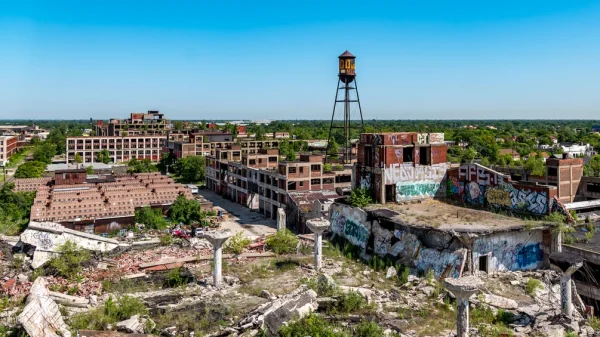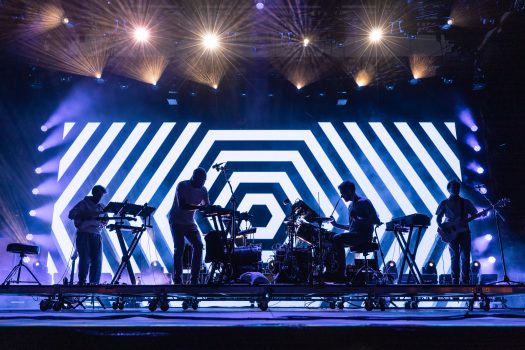The Origins of Eurodance
As the name suggests, Eurodance music originated in the European disco scene. Born in the late 1980s, the genre was pioneered by groups like Black Box, SNAP!, and Technotronik.
Eurodance Evolution
As this new genre spread, first across the continent and later internationally, Eurodance became one of the most popular genres on the planet. Defined by its use of synthesizers, solid vocal lines, deep bass rhythms, and occasional incorporation of rap, this genre might have taken its routes from the ‘80s, but it was a distinctly ‘90s sound.
Modern Eurodance
These days Eurodance is not the massive sub-genre it once was, but it remains popular with fans. Over the last decade, many huge artists such as The Wanted, Justin Bieber, and even Katy Perry have dabbled in Eurodance but far fewer embrace this style as they once did. That being said, the genre’s influence can still be felt throughout the modern EDM scene.




